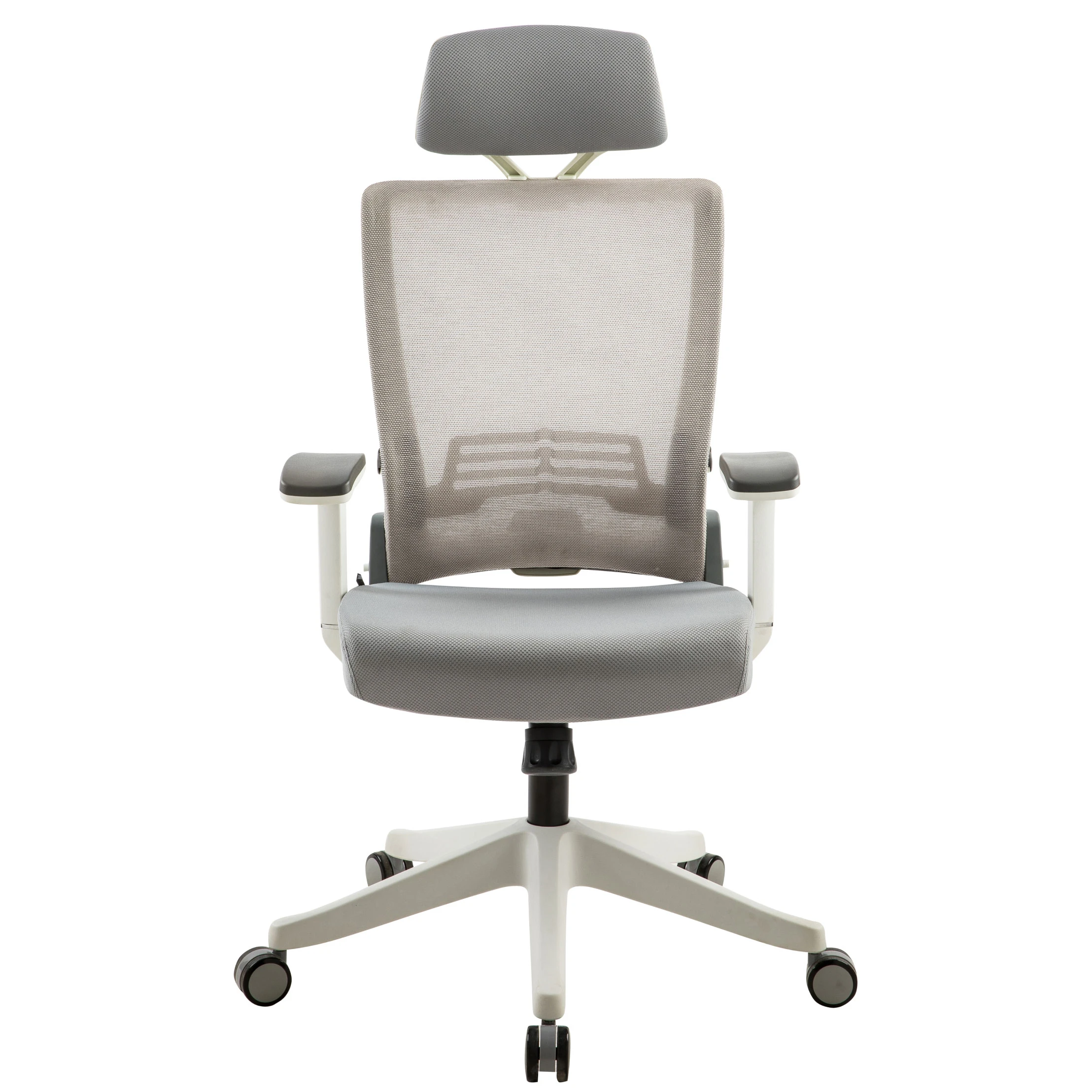Maintaining a comfortable and functional office chair is essential for productivity, and sometimes, replacing specific parts can extend its life and improve your seating experience. Whether you’re dealing with a broken wheel, a worn-out cushion, or a malfunctioning gas lift, knowing how to replace these components of the best office chair effectively can save you time and money. Below are some practical tips to guide you through the process.
Identify the problem:
Before replacing any parts, it’s important to identify the specific issue with your chair. Is it wobbling? Is the seat cushion flattened? Or perhaps the wheels are stuck? Once you pinpoint the problem, you can determine which parts need replacement. Take time to inspect your chair thoroughly to ensure you address all necessary repairs.
Gather required tools and parts:
Once you know what needs fixing, gather the required tools. Basic tools like screwdrivers (both flathead and Phillips), pliers, and an adjustable wrench may be necessary. You’ll also need to source the replacement parts. Check with the manufacturer for original parts, as they guarantee compatibility. Alternatively, reputable third-party suppliers often offer quality replacements at a lower cost. Ensure to verify that the parts match the specifications of your chair.
Follow manufacturer instructions:
Most office chairs come with an assembly guide that includes instructions for replacing parts. If you still have the manual, consult it for guidance on disassembling and reassembling your chair. If the manual is unavailable, look for online resources or videos specific to your chair model. Following these instructions carefully can prevent damage and ensure a smooth replacement process.
Disassemble carefully:
When it’s time to replace the faulty part, disassemble your chair with care. Use the appropriate tools to remove screws and bolts, and keep them in a safe place for reassembly. Take note of how components fit together—taking photos during disassembly can act as a helpful reference during reassembly.
Install the new parts:
Once the old parts are removed, install the new ones according to the manufacturer’s instructions. Ensure all components are securely fastened to prevent any instability. For items like wheels or gas lifts, ensure they click or fit snugly into place.
Test the chair:
After reassembly, test your chair to ensure it operates smoothly and safely. Sit in the chair and check for stability and comfort. Adjustments may be necessary if something doesn’t feel right.



